When was the last time you ate a whole bunch of parsley or spinach in one day? Chances are you never have, yet leafy greens like these pack a powerful punch of nutrition. A great way to utilize the amazing power of green leafy vegetables is with a daily green smoothie.
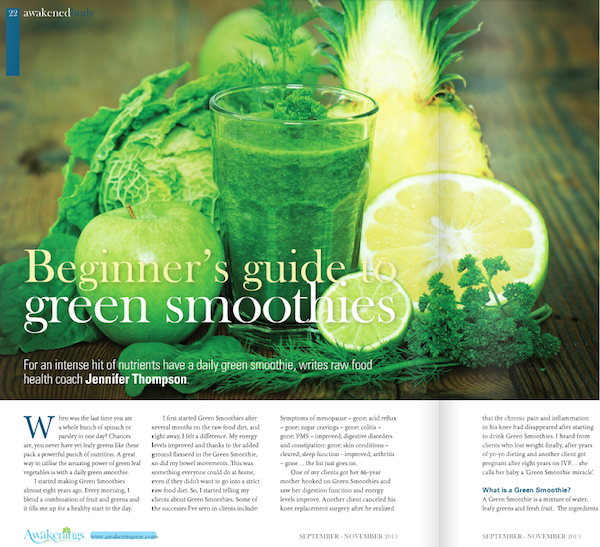
Beginner’s Guide to Green Smoothies by Jennifer Thompson
I first started Green Smoothie after several months on the raw food diet, and right away, I felt a difference! My energy levels improved even more, and thanks to the added ground flax seed in the Green Smoothie, my bowel movements became even more, well…epic! I knew that this was something that everyone could do at home, even if they didn’t want to go into a strict raw food diet. So, I started telling my Iridology and Health Coaching Clients about Green Smoothies.
Just some of the amazing stories of success I heard: Symptoms of menopause – gone; Acid Reflux – gone; Sugar Cravings – gone; Colitis – gone; PMS – improved; Digestive disorders and constipation: gone; Skin conditions – cleared; Sleep function – improved; Arthritis – gone; and the list just goes on and on!
One of my clients from Switzerland got her 86-year mother hooked on Green Smoothies and saw her digestion function and energy levels improve. Another client canceled his knee replacement surgery after he realized that the chronic pain and inflammation in his knee had disappeared after starting to drink Green Smoothies. I heard from clients who lost weight finally, after years of yo-yo dieting. I even helped a client get pregnant after 8 years on IVF just from having a daily Green Smoothie…she calls her baby a “Green Smoothie miracle!”
What is a Green Smoothie?
A Green Smoothie is a mixture of water, leafy greens and fruits. The ingredients are thoroughly blended with water in a blender. It is important to note that a Green Smoothie is a blended drink and not a juice. A blender is used to break down the cellulose structure in the greens thereby unlocking their valuable nutrients.
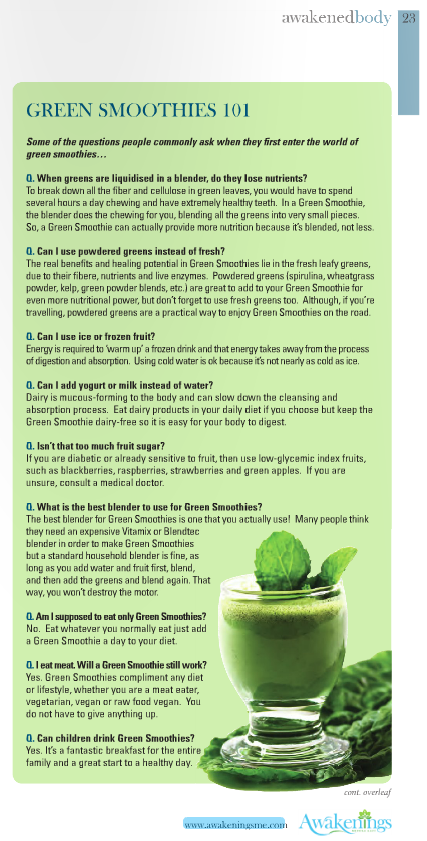
Green Smoothies 101: Your FAQs Answered
Green Smoothies 101
Some of the questions people commonly ask when they first enter the world of green smoothies…
When greens are liquidised in a blender, do they lose nutrients?
To break down all the fiber and cellulose in green leaves, you would have to spend several hours a day chewing and have extremely healthy teeth. In a Green Smoothie, the blender does the chewing for you, blending all the greens into very small pieces. So, a Green Smoothie can actually provide more nutrition because it’s blended, not less.
Can I use powdered greens instead of fresh?
The real benefits and healing potential in Green Smoothies lie in the fresh leafy greens, due to their fiber, nutrients and live enzymes. Powdered greens (spirulina, wheatgrass powder, kelp, green powder blends, etc.) are great to add to your Green Smoothie for even more nutritional power, but don’t forget to use fresh greens too. During travel, powdered greens are a practical and easy way to enjoy Green Smoothies on the road.
Can I use ice or frozen fruit?
Energy is required to ‘warm up’ a frozen drink, and that energy takes away from the process of digestion and absorption. Using cold water is ok, because it’s not nearly as cold as ice.
Can I add yogurt or milk instead of water?
Dairy is mucous-forming to the body and can slow down the cleansing and absorption process. You can still enjoy dairy products in your normal daily diet if you choose, but try to keep the Green Smoothie dairy-free so it is easy for your body to digest.
Isn’t that too much fruit sugar?
If you are diabetic, and you find yourself already sensitive to fruit, then use low-glycemic index fruits, such as blackberries, raspberries, strawberries and green apples. If you are unsure in any way, it’s best to consult a medical doctor.
What is the best blender to use for Green Smoothies?
The best blender for Green Smoothies is one that you actually use! Many people think they need an expensive Vitamix or Blendtec blender in order to make Green Smoothies, and that’s simply not true.
A standard household blender is fine, as long as you add water and fruits first, blend, and then add the greens and blend again. That way, you won’t destroy the motor and you will get many delicious Green Smoothies from your blender!
Am I supposed to eat only Green Smoothies?
No! You can eat whatever you normally eat. All you need to do is simply add 1 Green Smoothie a day to your diet.
I eat meat. Will a Green Smoothie still work?
Yes! Green Smoothies will compliment any diet or lifestyle, whether you are a meat eater, vegetarian, vegan or raw food vegan. You do not have to give anything up.
Can children drink Green Smoothies?
Yes! In fact, children seem to really love Green Smoothies! It’s a fantastic breakfast for the entire family and a great start to a healthy day!
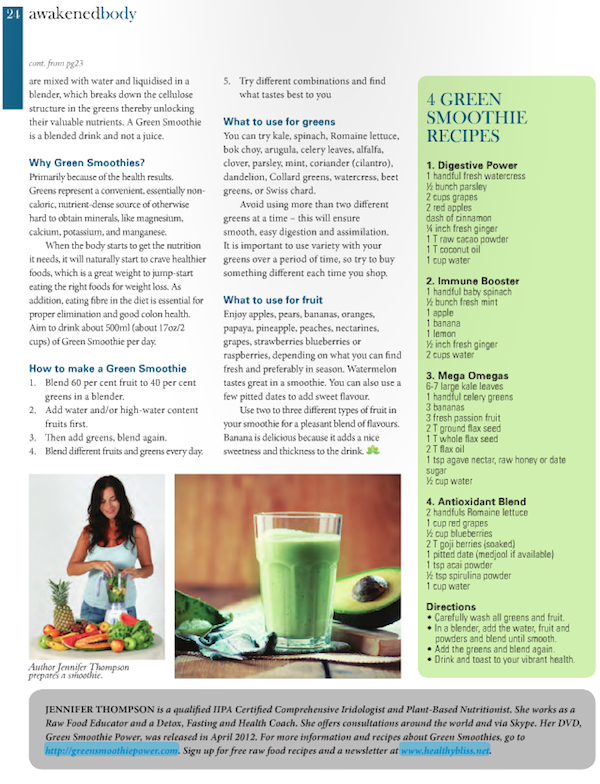
How to Make a Green Smoothie with Easy Recipes
Why Green Smoothies?
Primarily because of the health results.
Greens represent a convenient, essentially non-caloric, nutrient-dense source of otherwise hard to obtain minerals like magnesium, calcium, potassium and manganese.
When the body starts to get the nutrition it needs, it will naturally start to crave healthier foods, and that’s a great weight to jump-start eating the right foods for weight loss. Eating fiber in the diet is essential for proper elimination and good colon health.
Aim to drink about 500ml (about 17 ounces or 2 cups) of Green Smoothie per day.
How to Make a Green Smoothie
1. Blend 60% fruit to 40% greens in a blender.
2. Add water and/or high-water content fruits first.
3. Then add greens, blend again.
4. Blend different fruits and greens every day.
5. Try different combinations and find what tastes best to you!
What to Use for Greens
You can try kale, spinach, Romaine lettuce, bok choy, arugula, celery leaves, alfalfa, clover, parsley, mint, coriander (cilantro), dandelion, Collard greens, watercress, beet greens, or Swiss chard.
Avoid using more than 2 different greens at a time – this will ensure smooth, easy digestion and assimilation. It is important to use variety with your greens over a period of time, so try to buy something different each time you shop.
What to Use for Fruits
Enjoy apples, pears, bananas, oranges, papaya, pineapple, peaches, nectarines, grapes, strawberries blueberries or raspberries, depending on what you can find fresh and preferably in season. Watermelon tastes great in a smoothie. You can also use a few medjool dates just to add some sweet flavor.
Use 2-3 different fruits in your smoothie for a pleasant blend of flavors. Banana is delicious in smoothies because it adds a nice sweetness and thickness to the drink.
4 Green Smoothie Recipes
Digestive Power
– 1 Handful Fresh Watercress
– 1/2 bunch Parsley
– 2 cups Grapes
– 2 Red Apples
– Dash of Cinnamon
– 1/4 inch Fresh Ginger
– 1 T Raw Cacao Powder
– 1 T Coconut Oil
– 1 cup Water
Immune Booster
– 1 Handful Baby Spinach
– 1/2 bunch Fresh Mint
– 1 Apple
– 1 Banana
– 1 Lemon
– 1/2 inch Fresh Ginger
– 2 cups Water
Mega Omegas
– 6-7 Large Kale Leaves
– 1 Handful Celery Greens
– 3 Bananas
– 2 T Ground Flax Seed
– 1 T Whole Flax Seed
– 2 T Flax Oil
– 1 tsp. Agave Nectar, Raw Honey or Date Sugar
– 1/2 cup Water
Antioxidant Blend
– 2 Handfuls Romaine Lettuce
– 1 cup Red Grapes
– 1/2 cup Blueberries
– 2 T Goji Berries (soaked)
– 1 Pitted Date (Medjool if available)
– 1 tsp. Acai Powder
– 1/2 tsp. Spirulina Powder
– 1 cup Water
Directions
1. Carefully wash all greens and fruit.
2. In a blender, add the water, fruit and powders and blend until smooth.
3. Add the greens and blend again.
4. Drink and toast to your vibrant health!
Now on DVD: GREEN SMOOTHIE POWER!
Finally, Jennifer’s famous Green Smoothie Class is now available in DVD. Watch and learn…you will soon become a Green Smoothie Expert, ready to bless the world with your green love!
Find out for yourself why thousands of people are turning to Green Smoothies for more energy, better health, detox & weight loss! Are you not experiencing the level of energy and good health you desire? Green Smoothies could be your answer to start getting results. Jennifer’s NEW Green Smoothie Power DVD teaches you how!
here
With the DVD, you also receive 3 eBooks. Use the Quick Reference Guide eBook to get started immediately. Read the How to Make Green Smoothies eBook for inspiration and motivation. Experiment with 200 amazing recipes in the Green Smoothie Recipe eBook. You can be making your first Green Smoothie within minutes!
See how easy it is to add Superfoods to your Green Smoothies, and learn the real secret to Green Smoothie Success: How to Love Your Blender! Plus FREE EXTRAS included: 2 high-quality 100% Cotton Sprout Bags just for you!
BUY the Green Smoothie DVD and 3 eBook Kit:
or buy the eBooks separately!
eBook: Green Smoothie Quick Start Guide
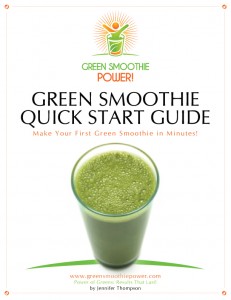
Quick Start Guide eBook
This is the condensed version of Jennifer’s famous Green Smoothie Class, complete with the most popular FAQs, benefits of Green Smoothies and how to make your Green Smoothie taste great!
Read what others had to say:
“My energy levels are much better and I don’t have cravings for sweets like before.” – Bill
“People started to comment on how well I look and my skin is so much better!” – Helen
“I feel focused!!” – Cathy
New and improved Edition!
BUY Green Smoothie Quick Start Guide eBook:
eBook: 200 Green Smoothie Recipes
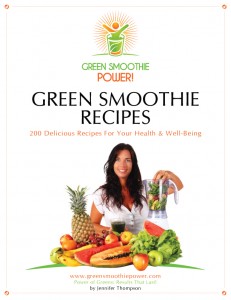
200 Green Smoothie Recipes eBook
200 Green Smoothie Recipes are available in this great eBook. That’s 4 different Green Smoothies every week for an entire year!
Some of Jennifer’s Amazing Recipes:
Happy Morning, Daily Detox, Quick Cleanse, Fresh Start, Power Blaster, Digestive Balance, Liver Tonic, Instant Health, Basic Instinct, Champion Blend, Enzyme Energy, Pick Me Up, Mega Omegas, Full of Gratitude, Tweet-worthy, Natural Glow, De-Stresser, Simple Pleasure, Soul Food, Fast Tune-Up, Green Gaspacho, Protein Power, Green Kingdom, Antioxidant Blend, Divine Creation, Ab Fab, Super Dude and many more!
New and improved Edition!
BUY 200 Green Smoothie Recipes eBook:
eBook: How to Make Green Smoothies
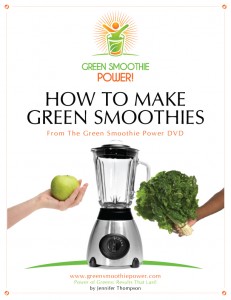
How to Make Green Smoothies eBook
Learn what the necessary tools are for healing and understand why you can’t get long-term results without adding more greens to the diet.
See why having greens in a raw and blended form is the superior way to get all the Power of the Greens.
Find out what kind of blender you need, the best combinations of greens, fruits and superfoods for your health and hear amazing success stories, including the reversal of grey hair from Green Smoothies!
New and improved edition!
Why wait any longer to start feeling better, looking great and losing weight?
BUY How to Make Green Smoothies eBook:
Article written be Jennifer Thompson for Awakenings ME Magazine.
Find out how to book an Iridology Session.
Buy Jennifer’s Green Smoothie DVD here.
Book a Personalized Detox with Jennifer today!
More on Green Smoothies:
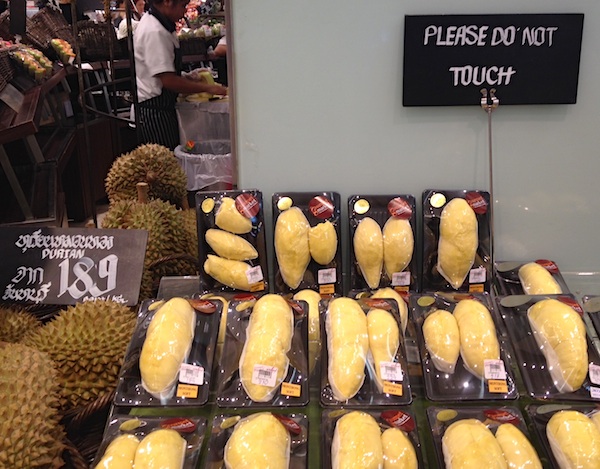
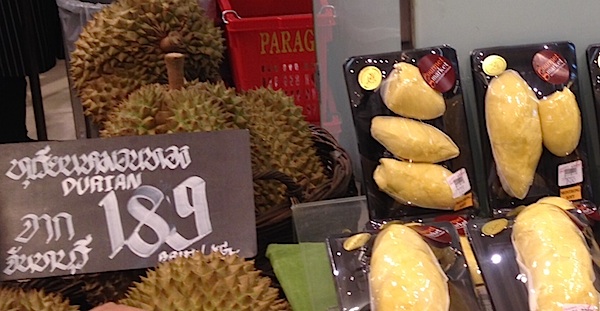


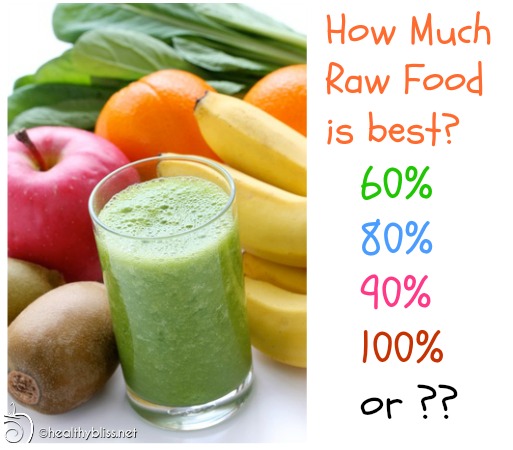
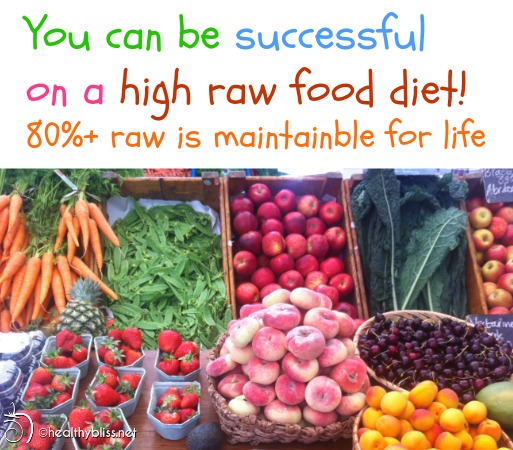








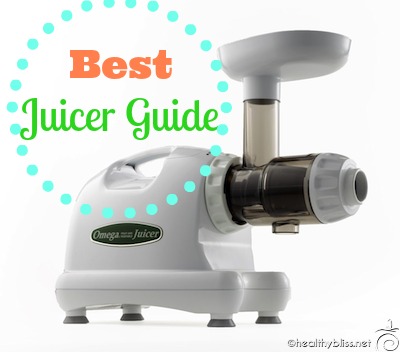
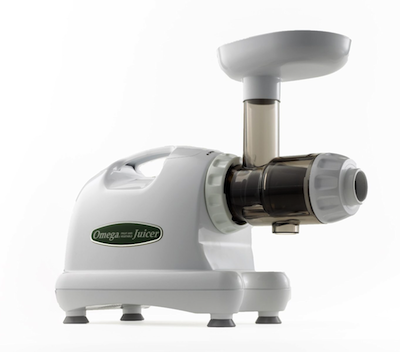










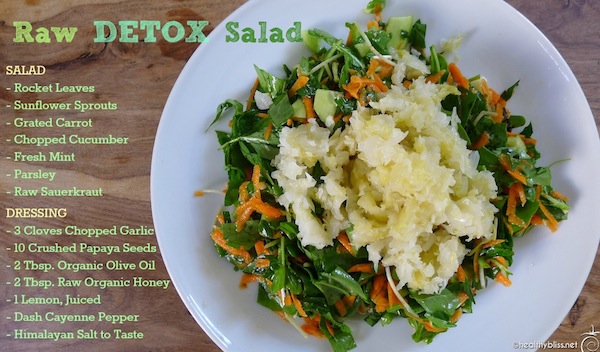
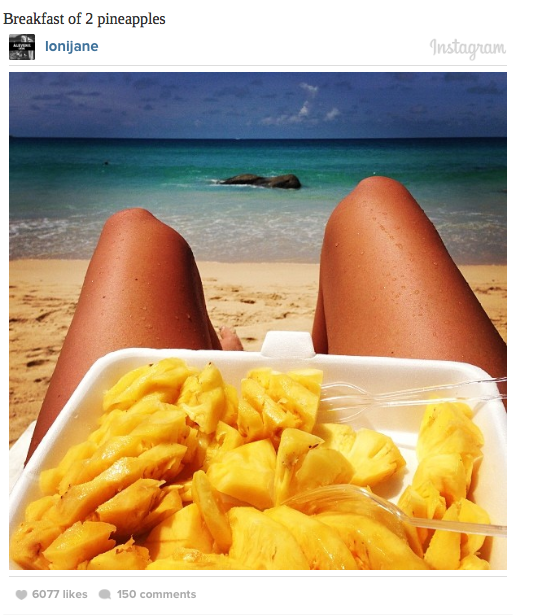
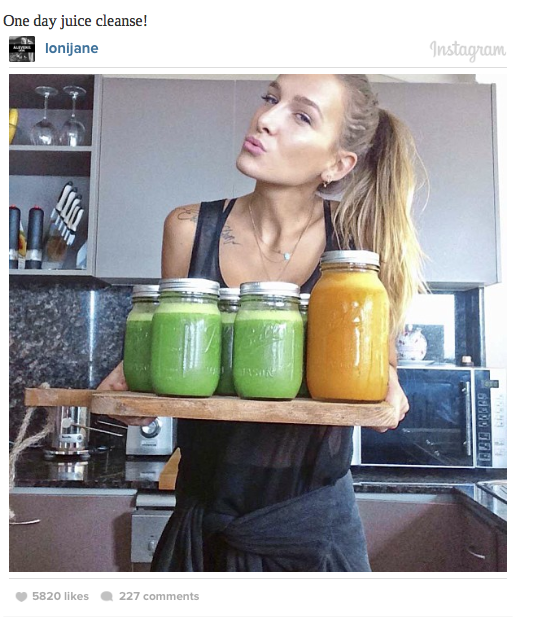


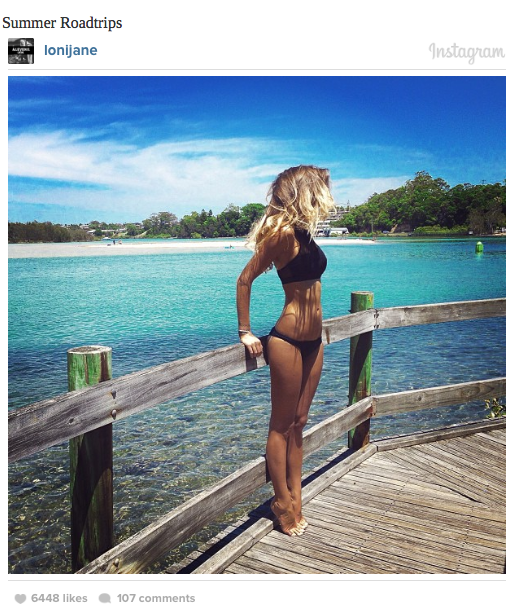

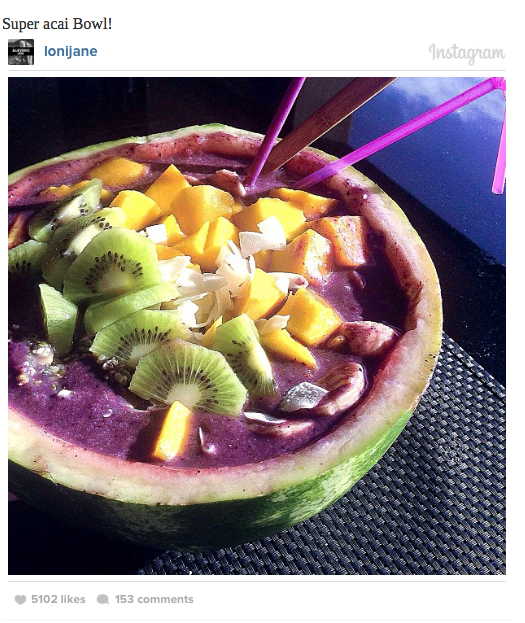




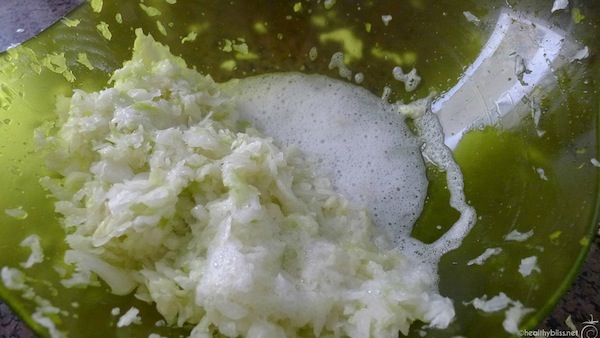
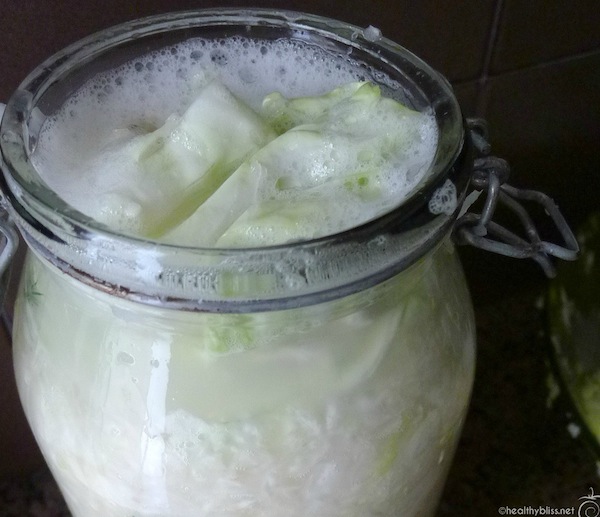
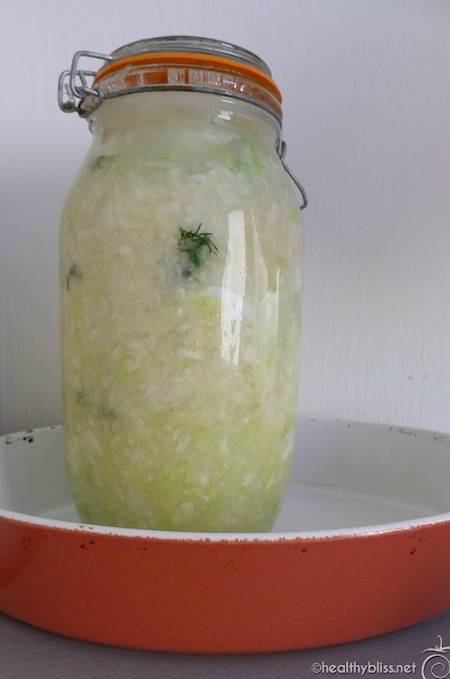
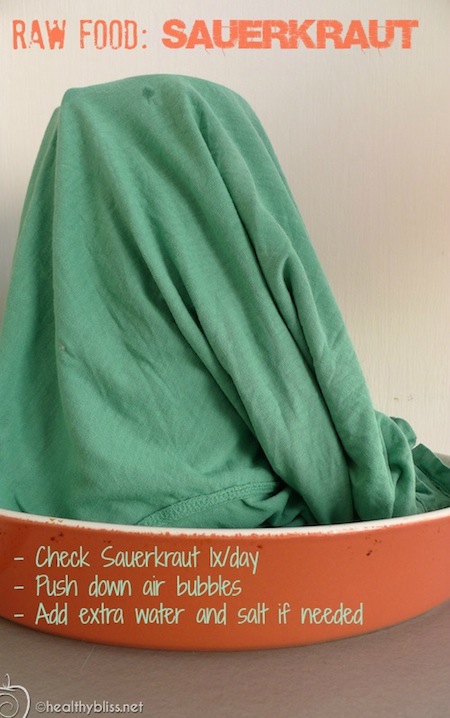










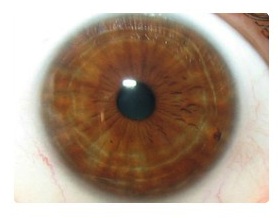













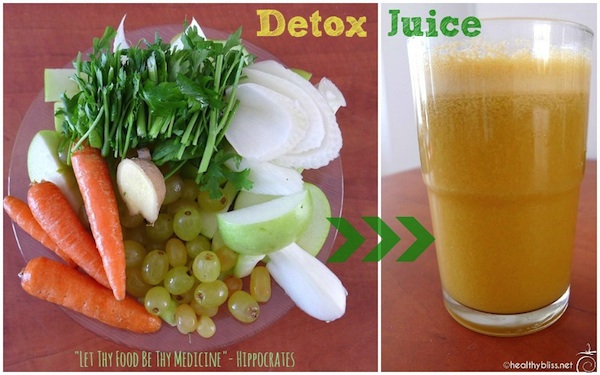

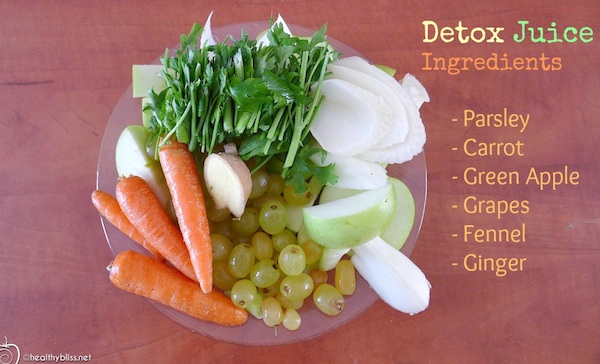

Follow Jennifer